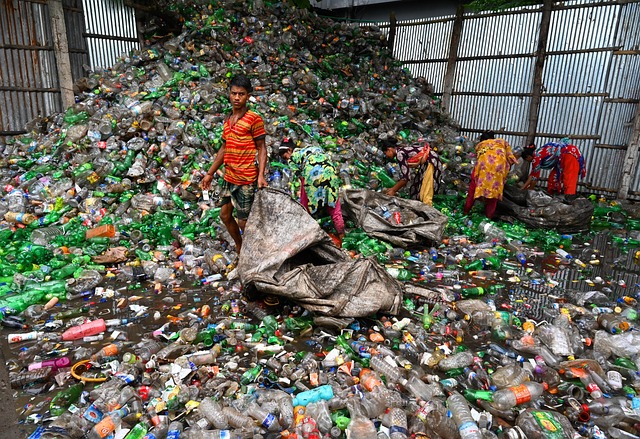In an era where sustainability is paramount, the importance of advanced recycling facilities cannot be overstated. They are at the forefront of the fight against climate change, striving for carbon neutrality while promoting sustainable development practices. By integrating innovative green technologies, these facilities not only recycle materials but also minimize their ecological footprint, setting a gold standard in environmental stewardship.
One of the pioneering green technologies employed in a carbon neutral recycling facility is solar power integration. By harnessing the sun’s energy, facilities can power their operations with renewable energy, significantly reducing reliance on fossil fuels. This not only curtails greenhouse gas emissions but also stabilizes operational costs.
Next, we have advanced waste sorting systems utilizing AI and robotics. These systems allow for more efficient separation of recyclables from waste streams, ensuring higher purity levels in materials. By increasing the quality of recycled materials, recycling facilities can contribute to a circular economy where resources are reused rather than discarded.
Moreover, the introduction of biodegradable materials into the recycling process shows promise in reducing hazardous waste. Facilities are increasingly accepting materials that can safely decompose, thus decreasing landfill use and promoting an eco-friendly lifecycle for products.
Another innovative technology is water filtration and recycling systems. These systems treat and reuse water used in processing materials, significantly reducing water consumption and minimizing the facility’s overall ecological footprint.
Additionally, carbon capture and storage (CCS) technologies are becoming more prevalent in recycling facilities. By capturing emissions produced during the processing of materials, facilities can prevent significant amounts of carbon dioxide from entering the atmosphere, pushing them closer to achieving carbon neutrality.
Thermal processing technologies, such as waste-to-energy systems, are also making strides. These systems convert non-recyclable waste into energy, thus providing an off-grid, renewable energy source while simultaneously reducing waste volume significantly.
Furthermore, facilities are now relying on green building practices for their infrastructure. Utilizing sustainable materials and designs, these buildings minimize energy use and carbon emissions, creating a healthier workplace for employees and reducing the facility’s carbon footprint.
Material recovery facilities are also applying smart sensors that monitor and optimize recycling operations in real time. These sensors provide valuable data to improve efficiency, reduce energy consumption, and identify waste trends, allowing facilities to adapt their processes accordingly.
Lastly, community engagement programs are being developed to educate the public on sustainable practices and the importance of recycling. By fostering a culture of sustainability, recycling facilities are not only helping local communities understand their ecological impact but also inspiring collective action towards environmental stewardship.
Incorporating these innovative green technologies, recycling facilities are transforming how we view waste management and resource use. They play a crucial role in advancing sustainable development and moving towards a more carbon-neutral future, ensuring a healthier planet for generations to come.




